
Supercharge your lead generation with a FREE Google Ads audit - no strings attached! See how you can generate more and higher quality leads
Get My Free Google Ads AuditFree consultation

No commitment
Supercharge your lead generation with a FREE Google Ads audit - no strings attached! See how you can generate more and higher quality leads
Get My Free Google Ads AuditFree consultation

No commitment
In today's competitive viticulture market, wineries face unique challenges in reaching their audiences and driving sales. Traditional marketing methods struggle to target precisely, track ROI efficiently, and stay agile for peak busyness during harvest and holiday seasons. One of the critical challenges wineries face is losing high-value prospects who aren't tracked in the CRM, leading to lost opportunities. Furthermore, many wineries find that high demo interest goes unconverted due to a lack of follow-up mechanisms. Enter Google Ads: a pivotal tool for wineries to not only capture high-intent prospects actively searching for wine experiences, tours, tastings, or memberships but also to ensure that every prospect is accounted for, enhancing visibility and engagement. This platform enables wineries to connect online efforts with offline practices seamlessly, leveraging targeted ads to address immediate consumer needs while measuring every click and conversion. By adopting a strategic approach, wineries can not only enhance their visibility but also complement their SEO, email campaigns, and social media investments for a holistic marketing strategy.
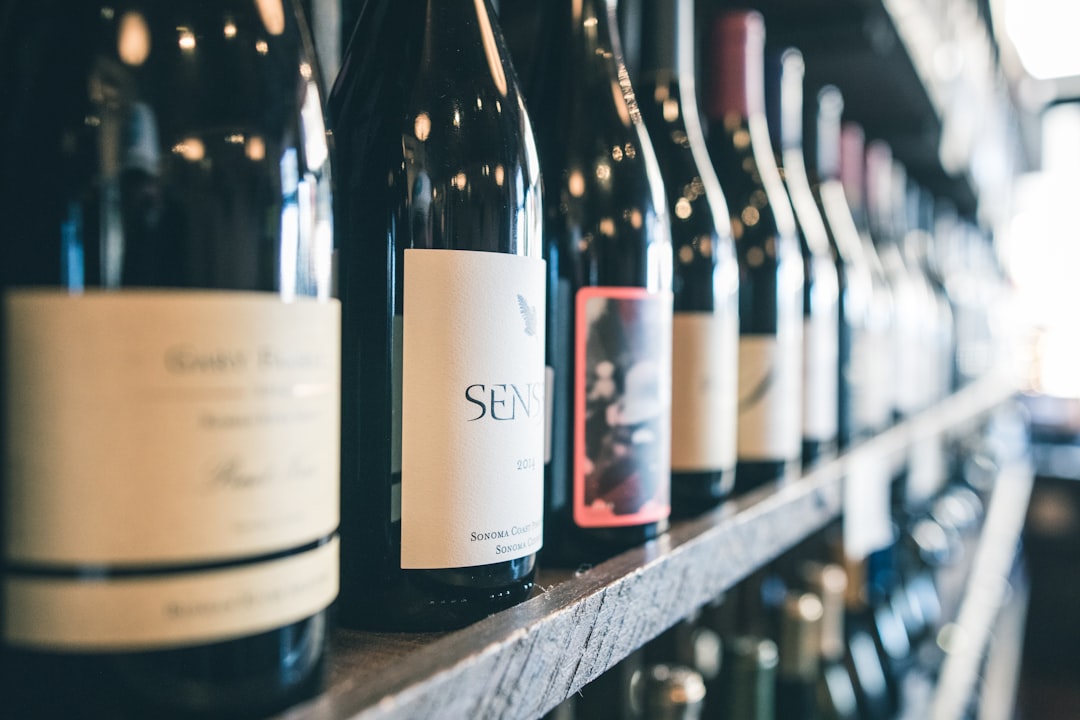
Wineries can drive higher-quality leads and boost wine sales by leveraging the precision and flexibility of digital advertising. Success depends on moving beyond generic campaigns toward strategies that use real customer data and intent to fuel every stage of the buyer journey.
Data-driven insights empower wineries to identify and target the right audience at the right time, using segmentation and real-time campaign updates. This guide outlines an actionable framework for building and optimizing Google Ads for wineries, focused on tailored messaging, seamless lead capture, and measurable ROI. Get started for free with Sona.
By following this step-by-step process, wineries can transform Google Ads from a generic lead generator into a precision tool for driving qualified prospects and maximizing wine sales, ultimately increasing lifetime customer value.
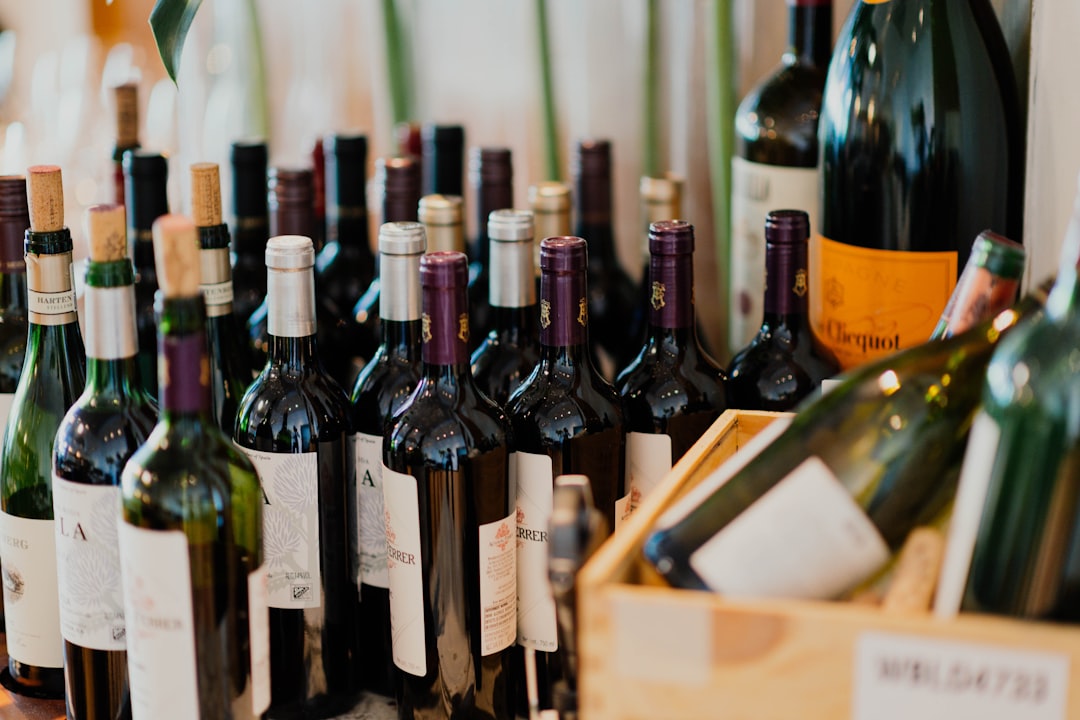
Wineries operate in a highly competitive landscape where consumer discovery and purchase intent can shift rapidly based on seasonality, trends, and regional demand. Google Ads provides immediate visibility at the critical moments when potential customers are actively searching for wine tastings, club memberships, or direct-to-consumer offers. This immediate positioning allows wineries to intercept high-conversion prospects and turn intent into measurable action.
A persistent challenge for wineries is quantifying the true impact of digital campaigns, particularly when sales occur offline in tasting rooms or via phone reservations. Integrating advanced attribution connects online engagement with offline conversions, giving wineries a unified ROI view that reflects every step of the buyer journey. Platforms that bridge these gaps empower marketers to allocate budget with confidence, track the downstream effect of every campaign, and maximize marketing impact.
For wineries ready to elevate their marketing, get started for free with Sona and unlock smarter targeting and measurement.

Wineries aiming to drive more qualified leads and maximize their digital advertising for wineries must select the right Google Ads formats for their objectives. The landscape of online marketing for wineries continues to evolve, demanding a precise approach to audience targeting, engagement, and conversion measurement. Modern revenue teams benefit from integrating predictive models and dynamic audience data, ensuring spend is directed where it delivers the greatest impact, as detailed in this guide to paid search for wineries.
These campaign types, when executed with data-driven targeting and real-time audience updates, allow wineries to optimize spend, personalize outreach, and achieve measurable growth across DTC wine sales, tasting room bookings, and wine club memberships. Get started for free with Sona.
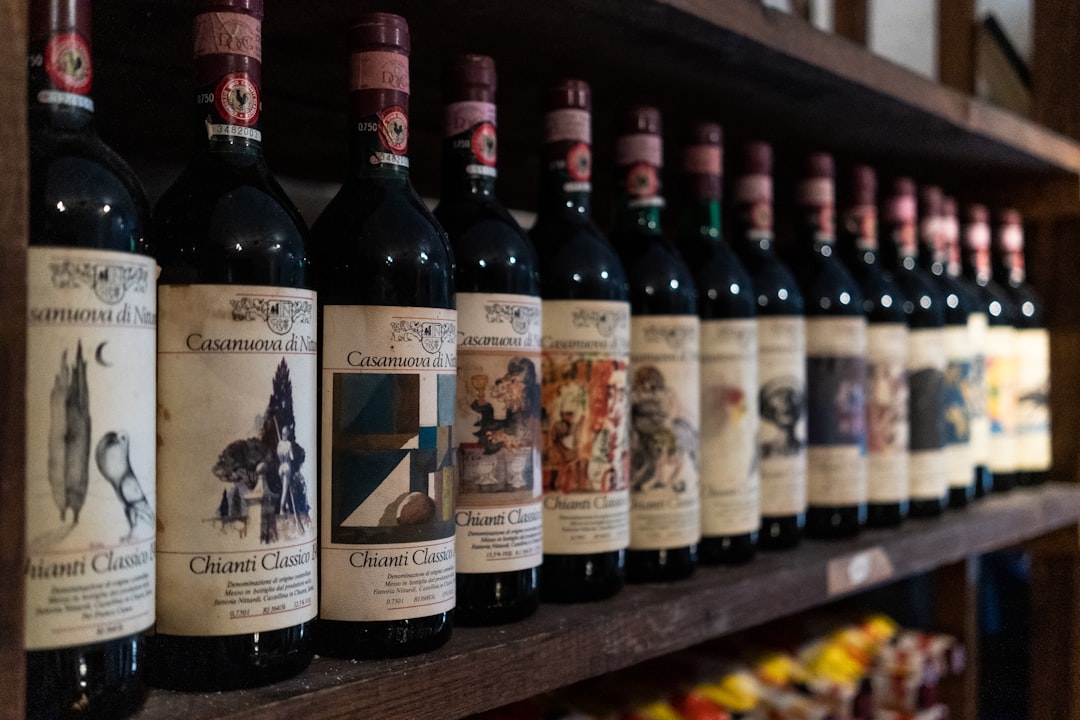
Wineries can unlock significant growth by proactively identifying untapped channels and capturing demand beyond their current reach. Success depends on moving quickly to capture in-market buyers and delivering personalized engagement that stands out in a saturated market. For a step-by-step look at how paid search can accelerate winery growth, see the benefits of paid search for wineries. To learn more about tracking and converting high-intent website visitors, explore Sona Identification.
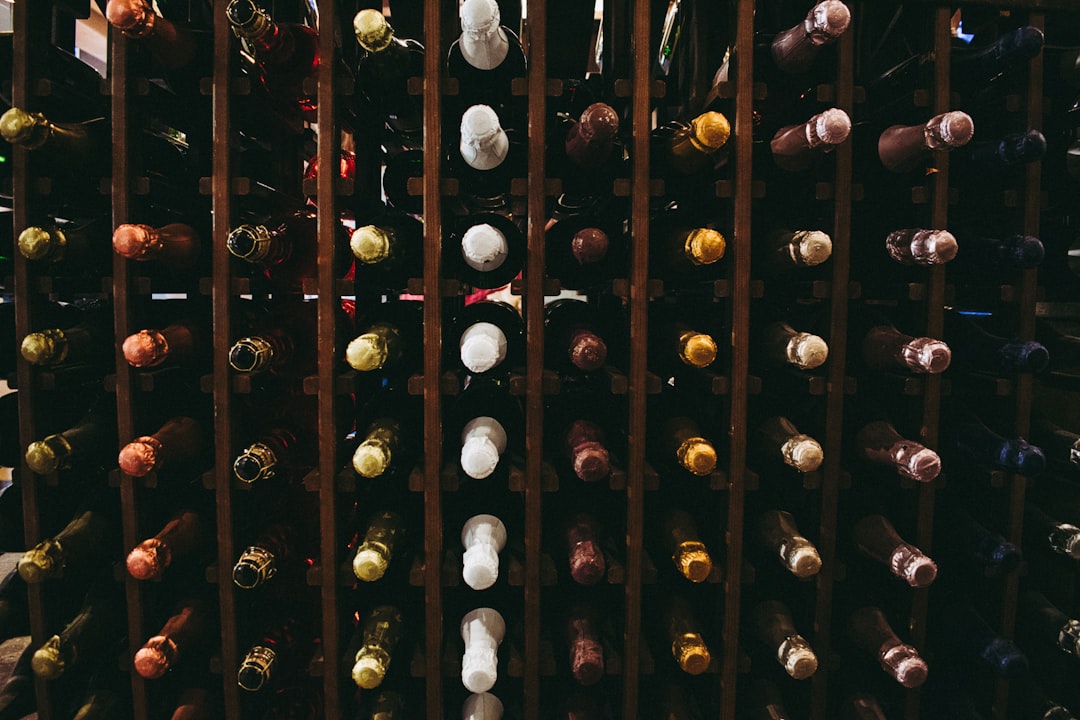
Modern winery marketers face diminishing returns from generic campaigns that fail to address the distinctive needs and motivations of their diverse audience. Segmentation transforms digital advertising for wineries by enabling personalized engagement, higher conversion rates, and a consistent lift in Google Ads ROI. For additional strategies to refine your campaigns, explore our marketing analytics blog.
Ready to see how advanced segmentation can elevate your winery’s digital marketing? Get started for free with Sona.
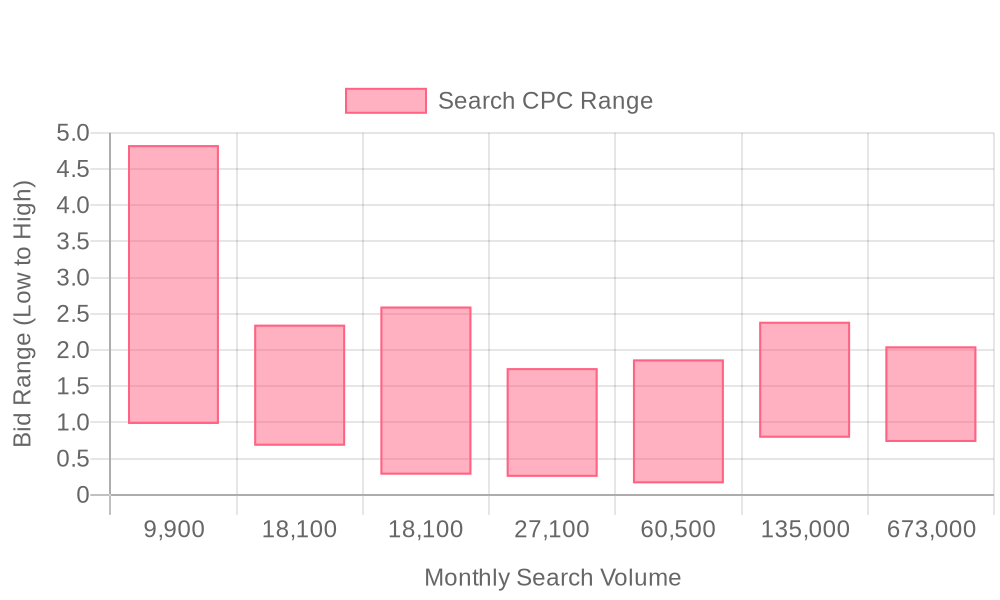
| Industry | Keyword | Monthly Search Volume | Competition Level | Low Bid | High Bid |
| Wineries | wine chiller | 9900 | HIGH | 0.98 | 4.83 |
| Wineries | south coast winery | 18100 | HIGH | 0.68 | 2.35 |
| Wineries | silver oak wine | 18100 | HIGH | 0.28 | 2.6 |
| Wineries | opus one wine | 27100 | HIGH | 0.25 | 1.75 |
| Wineries | chateau elan | 60500 | MEDIUM | 0.16 | 1.87 |
| Wineries | wineries | 135000 | LOW | 0.79 | 2.39 |
| Wineries | winery near me | 673000 | LOW | 0.73 | 2.05 |
A robust keyword strategy is foundational for wineries aiming to drive qualified leads and maximize return on digital advertising. The competitive landscape in wine marketing rewards those who move beyond generic terms to identify and prioritize high-conversion search phrases. By targeting specific keywords that align with user intent, wineries can increase ad relevance, reduce wasted spend, and engage a more receptive audience. For an in-depth look at paid search in the wine industry, explore how paid search advertising can drive growth for wineries.
Integrating advanced visitor identification and intent analysis, revenue teams can now move beyond anonymous clicks to recognize which companies or individuals are engaging with key search terms. As leads progress through the funnel, audience lists can update dynamically, supporting ongoing retargeting and message personalization. With enriched data seamlessly syncing between CRM and advertising platforms, wineries gain full visibility into which keywords deliver not just clicks, but actual bookings, memberships, and tastings—closing the loop between digital strategy and true business outcomes. Ready to see these strategies in action? Get started for free with Sona.
A rigorous approach to campaign execution sets the foundation for wineries to maximize their digital advertising investment. Each step in the framework leverages data and intent signals to align budget and messaging with the most promising prospects, ensuring resources are directed at the right audience at the right time. This structure minimizes wasted spend and amplifies the impact of every campaign element, from first click to final conversion.
Get started for free with Sona.
Developing a precise keyword list is essential for capturing relevant traffic. Geo-modifiers such as city, region, or nearby landmarks, layered with wine-specific terms, create highly targeted opportunities. For example, pairing "wine tasting" with "Napa" or "organic winery" with "Sonoma" attracts searchers who are ready to book or buy within defined locales. For an in-depth overview of how paid search can increase winery visibility and attract new customers, see this guide to paid search for wineries. Leveraging real-time visitor identification and intent analysis enables marketers to continually refine keyword selection, focusing spend on high-converting search terms as audience interests shift.
Ad copy should connect directly to the motivations of wine enthusiasts and prospective visitors. Addressing pain points—such as the desire for authentic experiences or eco-friendly options—and highlighting unique selling points like sustainable production or exclusive tastings help differentiate a winery in a crowded market. With dynamic audience insights, marketers can tailor messages to specific segments, ensuring that ads speak to the evolving interests and behaviors of each prospect as they move through the decision funnel. Explore more actionable playbooks for campaign messaging.
Landing pages must offer a seamless, persuasive experience that matches the intent of the ad click. Pages should follow a clear narrative, guiding users from curiosity to action with direct calls to book tastings, reserve tours, or join wine clubs. Incorporating conversion data and behavior analytics allows continuous optimization: elements such as booking forms, virtual tour previews, or trust signals can be A/B tested to increase engagement and conversion rates. Integration with audience and CRM data lets marketers personalize landing page content for returning visitors, elevating both relevance and ROI.
Continuous campaign improvement relies on robust data analysis and feedback loops. Reviewing conversion metrics, audience behavior, and offline attribution—such as actual tasting room visits or wine purchases—enables rapid bid adjustments and budget reallocations to the best-performing segments. Real-time syncing between ad platforms and CRM systems ensures that enriched audience profiles flow into Google Ads, keeping retargeting lists current and relevant. For more on advertising benchmarks specific to wineries, check out advertising benchmarks for wineries. This approach empowers revenue teams to shift investment toward the accounts and channels delivering the highest returns, driving sustained growth in wine sales and club signups.
Expanding your Google Ads presence in the wine industry requires a blend of creativity, strategic data use, and precise audience targeting. Wineries that master this approach consistently outperform competitors by capturing high-intent customers at each stage of the buyer journey.
Amplify your digital footprint by adopting innovative and holistic marketing approaches. Understanding the traditional challenges in measuring ROI, wineries can adopt comprehensive tracking methods for both online and offline conversions. By leveraging unified data and advanced attribution, marketers can accurately connect digital engagement with real-world sales, revealing the true effectiveness of wine marketing campaigns.
Mastering Google Ads for wineries involves blending creativity, data analysis, and strategic targeting. Many wineries struggle to capture the complete customer journey due to untracked offline conversions, leading to missed growth opportunities. By focusing on advanced attribution, integrated CRM and ad platforms, and agile audience segmentation, wineries can effectively connect online engagement to wine sales and event attendance. Align every campaign element—from keyword research to audience building—with broader business goals to ensure digital advertising efforts drive measurable, brand-aligned results. If you’re ready to take your campaigns to the next level, get started for free with Sona.
In conclusion, leveraging Google Ads can significantly enhance your winery's online presence, drawing in the right audience and driving sales through strategic, targeted campaigns. The competitive landscape of digital advertising demands precision and insight, and we’ve discussed how tailored Google Ads strategies can address these challenges by increasing visibility and attracting a loyal customer base.
We explored the core challenges wineries face in standing out in a crowded market and the essential strategies to overcome them. From understanding your target demographic to crafting compelling ad creatives, these key points are instrumental in creating effective marketing campaigns that resonate with potential customers.
Embrace the transformative potential of digital advertising to elevate your winery's brand. With actionable strategies and the right tools, you can capture your audience's attention and convert it into meaningful engagement, leading to sustained growth and success in your business.
To truly harness the power of these insights, start for free to experience our platform and its capabilities today. Let us help you turn these strategies into actionable results, driving your winery toward unprecedented growth.
The best practices include building targeted keyword lists, segmenting and refining your audience, developing compelling ad creatives, aligning ad and landing page experiences, and using conversion tracking to measure success.
Wineries can effectively target their audience by using advanced audience segmentation based on interests, behaviors, and prior interactions, along with smart audience sync to unify data from website activity and CRM.
The article does not specify an exact budget, but suggests prioritizing high-conversion keywords and reallocating budget towards the most effective ones using real-time insights.
Wineries should prioritize high-intent keywords such as 'wine tasting,' 'winery tours near me,' 'exclusive winery memberships,' and use competitive analysis to refine their keyword strategy.
Wineries can measure success by integrating conversion tracking and attribution to capture both online and offline conversions, ensuring a unified view of ROI that reflects every step of the buyer journey.
Join results-focused teams combining Sona Platform automation with advanced Google Ads strategies to scale lead generation

Connect your existing CRM

Free Account Enrichment

No setup fees
No commitment required

Free consultation

Get a custom Google Ads roadmap for your business
Join results-focused teams using Sona Platform automation to activate unified sales and marketing data, maximize ROI on marketing investments, and drive measurable growth

Connect your existing CRM

Free Account Enrichment

No setup fees
No commitment required

Free consultation

Get a custom Google Ads roadmap for your business
Over 500+ auto detailing businesses trust our platform to grow their revenue
Join results-focused teams using Sona Platform automation to activate unified sales and marketing data, maximize ROI on marketing investments, and drive measurable growth

Connect your existing CRM

Free Account Enrichment

No setup fees
No commitment required

Free consultation

Get a custom Google Ads roadmap for your business
Over 500+ auto detailing businesses trust our platform to grow their revenue
Join results-focused teams using Sona Platform automation to activate unified sales and marketing data, maximize ROI on marketing investments, and drive measurable growth

Connect your existing CRM

Free Account Enrichment

No setup fees
No commitment required

Free consultation

Get a custom Google Ads roadmap for your business
Over 500+ auto detailing businesses trust our platform to grow their revenue
Join results-focused teams using Sona Platform automation to activate unified sales and marketing data, maximize ROI on marketing investments, and drive measurable growth

Connect your existing CRM

Free Account Enrichment

No setup fees
No commitment required

Free consultation

Get a custom Google Ads roadmap for your business
Over 500+ auto detailing businesses trust our platform to grow their revenue
Our team of experts can implement your Google Ads campaigns, then show you how Sona helps you manage exceptional campaign performance and sales.
Schedule your FREE 15-minute strategy sessionOur team of experts can help improve your demand generation strategy, and can show you how advanced attribution and data activation can help you realize more opportunities and improve sales performance.
Schedule your FREE 30-minute strategy sessionOur team of experts can help improve your demand generation strategy, and can show you how advanced attribution and data activation can help you realize more opportunities and improve sales performance.
Schedule your FREE 30-minute strategy sessionOur team of experts can help improve your demand generation strategy, and can show you how advanced attribution and data activation can help you realize more opportunities and improve sales performance.
Schedule your FREE 30-minute strategy sessionOur team of experts can help improve your demand generation strategy, and can show you how advanced attribution and data activation can help you realize more opportunities and improve sales performance.
Schedule your FREE 30-minute strategy session





Launch campaigns that generate qualified leads in 30 days or less.
